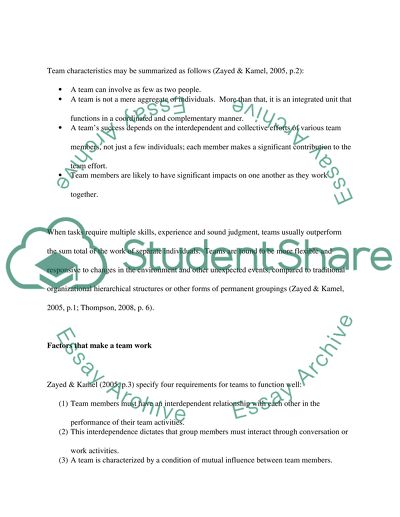Cite this document
(“Discuss and evaluate how teams function Essay Example | Topics and Well Written Essays - 2250 words”, n.d.)
Retrieved from https://studentshare.org/english/1437579-discuss-and-evaluate-how-teams-function
Retrieved from https://studentshare.org/english/1437579-discuss-and-evaluate-how-teams-function
(Discuss and Evaluate How Teams Function Essay Example | Topics and Well Written Essays - 2250 Words)
https://studentshare.org/english/1437579-discuss-and-evaluate-how-teams-function.
https://studentshare.org/english/1437579-discuss-and-evaluate-how-teams-function.
“Discuss and Evaluate How Teams Function Essay Example | Topics and Well Written Essays - 2250 Words”, n.d. https://studentshare.org/english/1437579-discuss-and-evaluate-how-teams-function.


